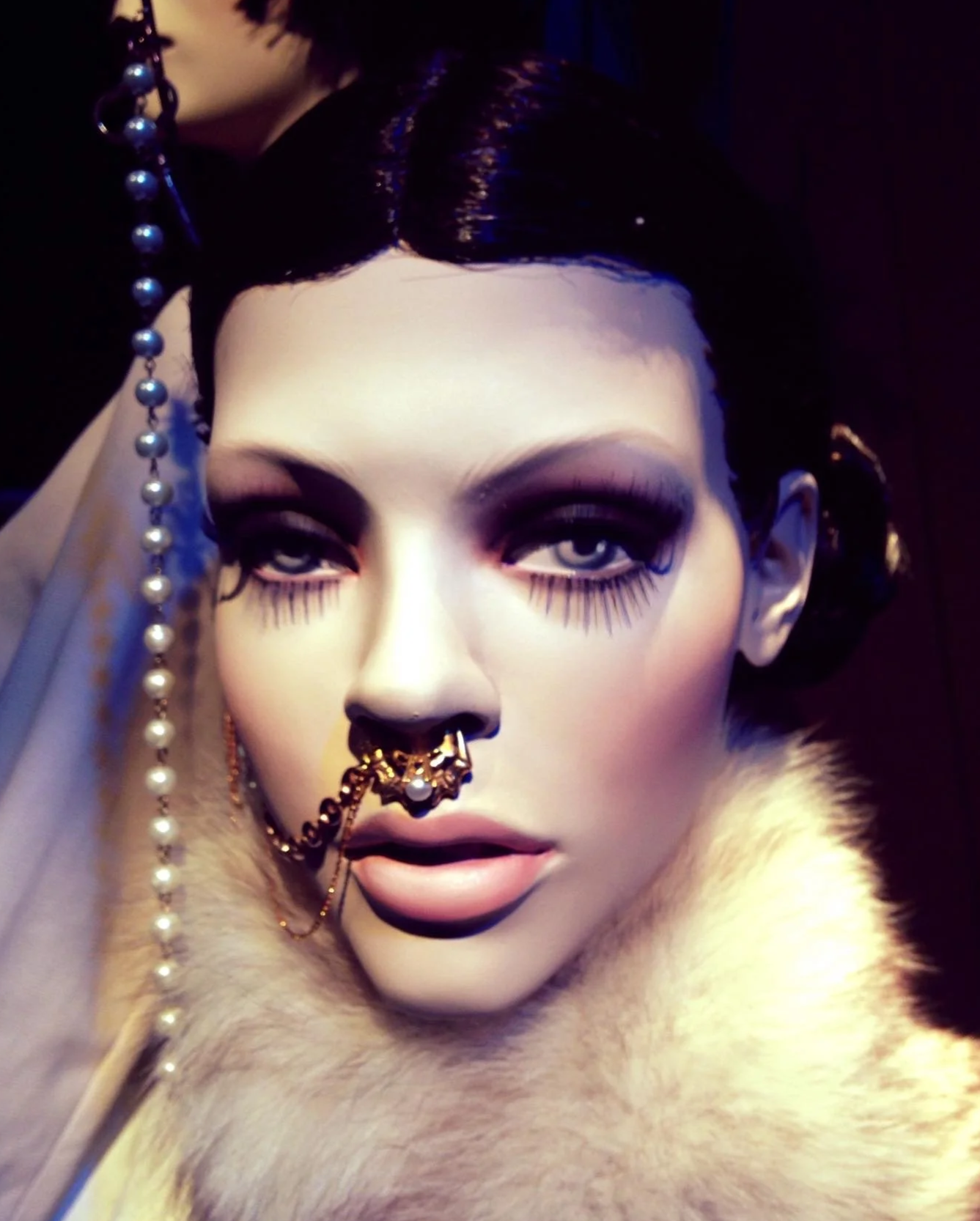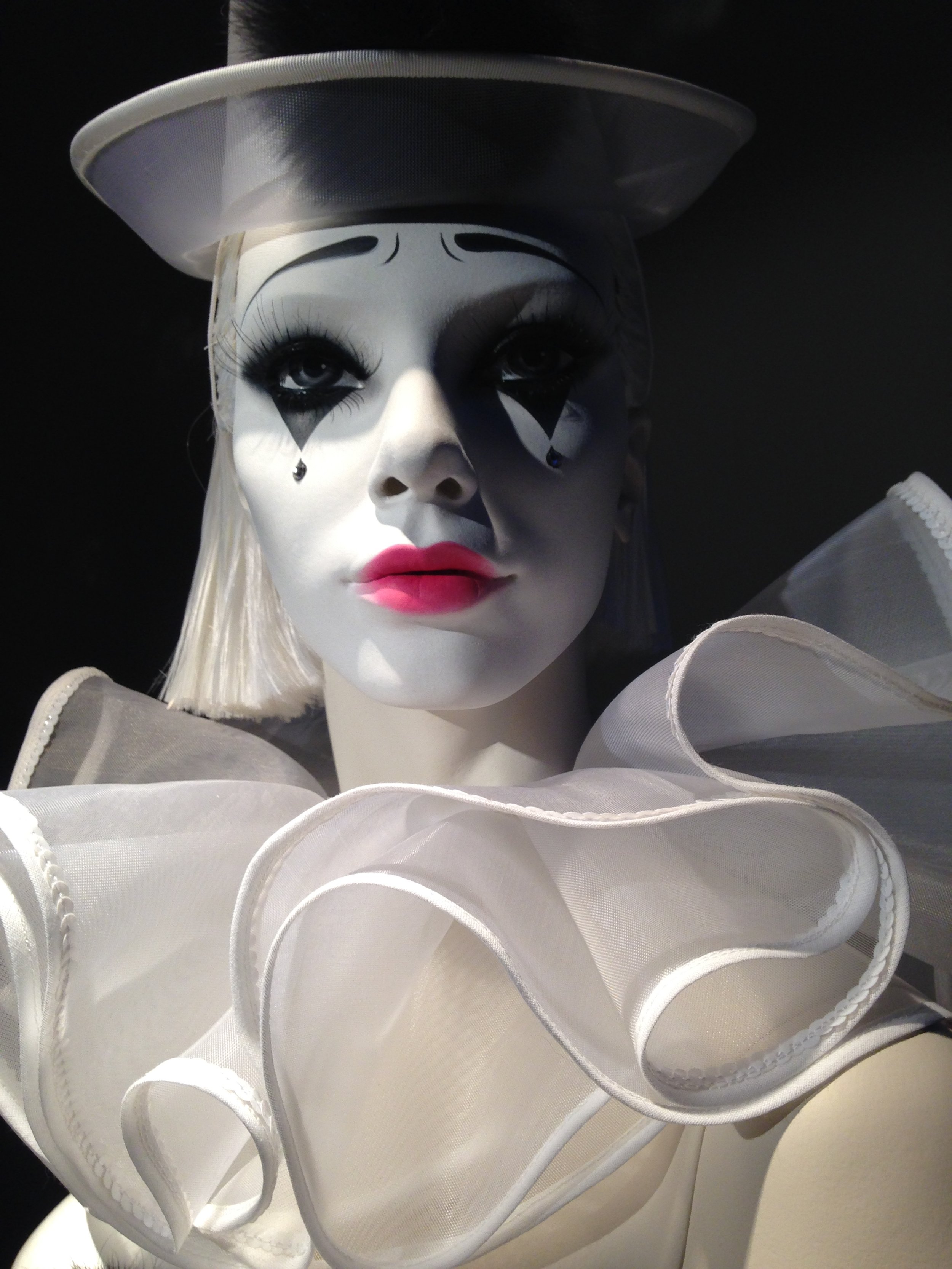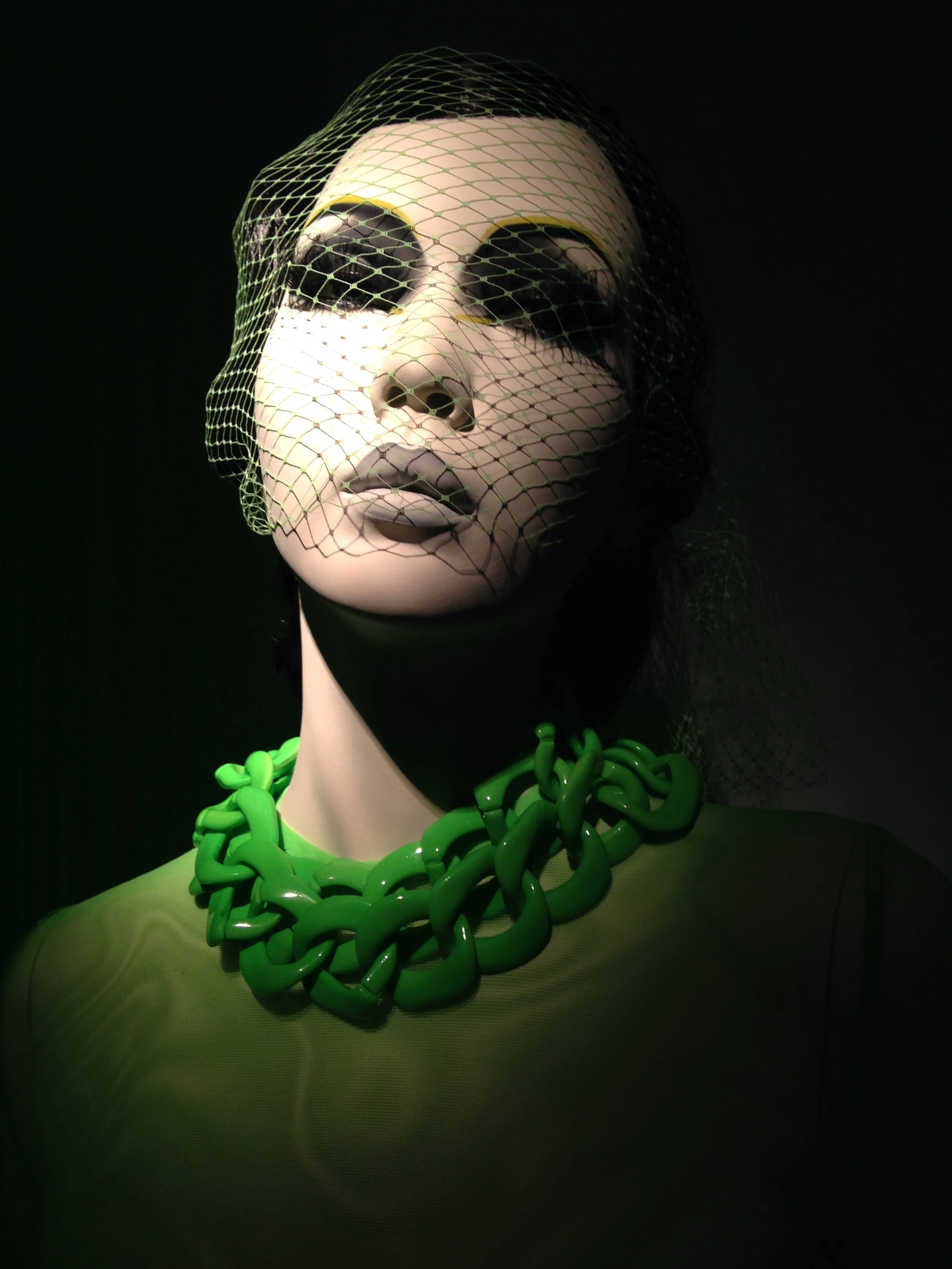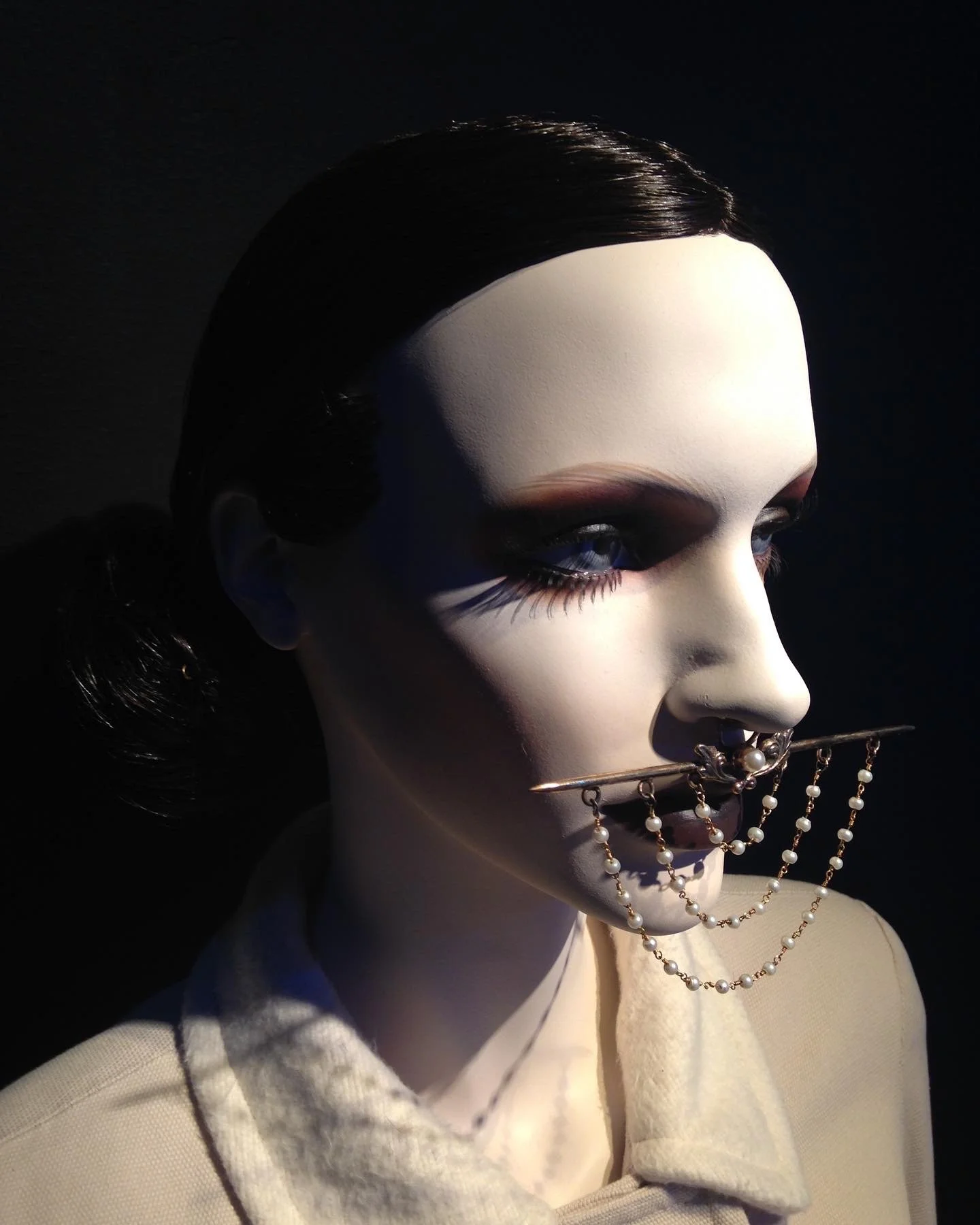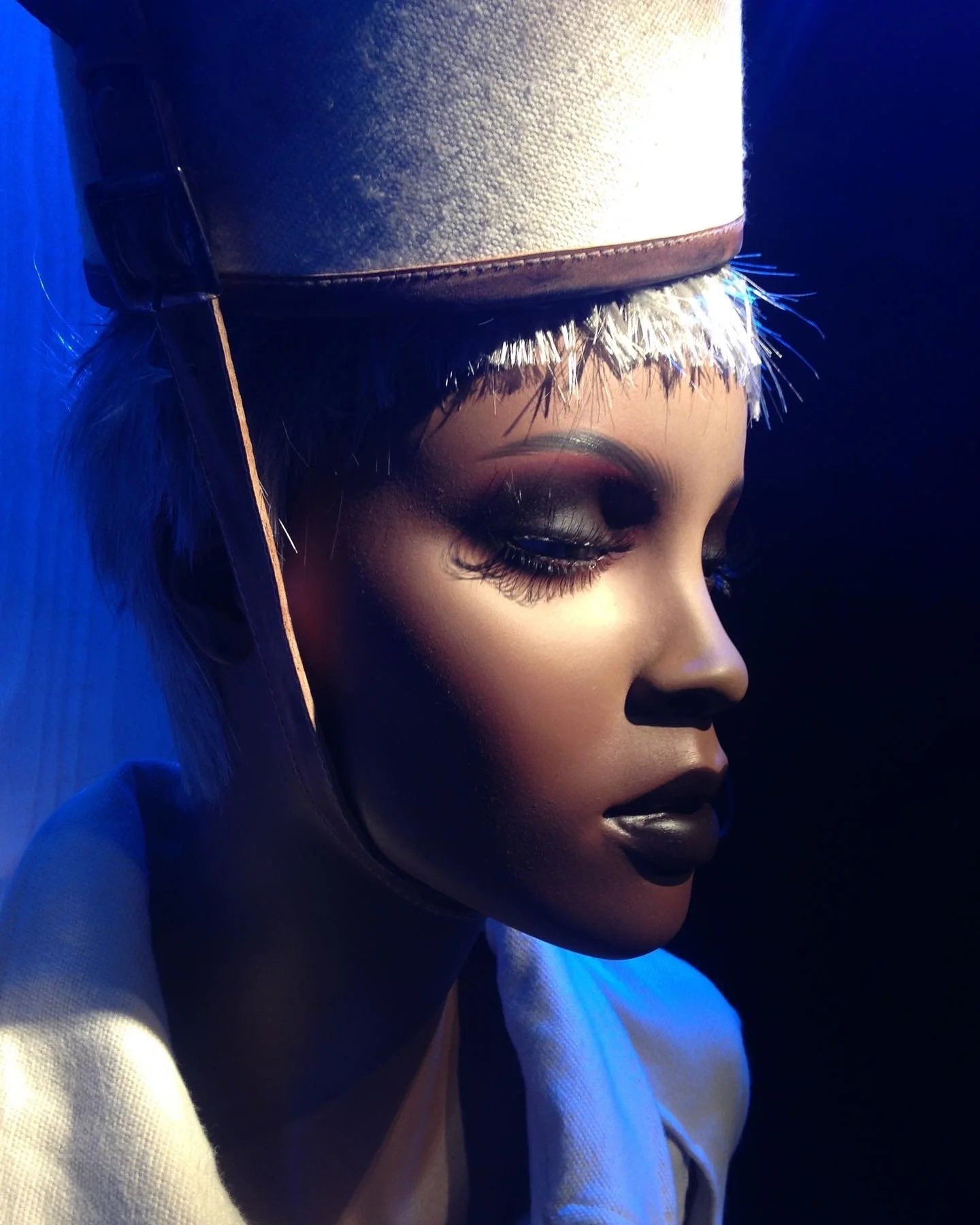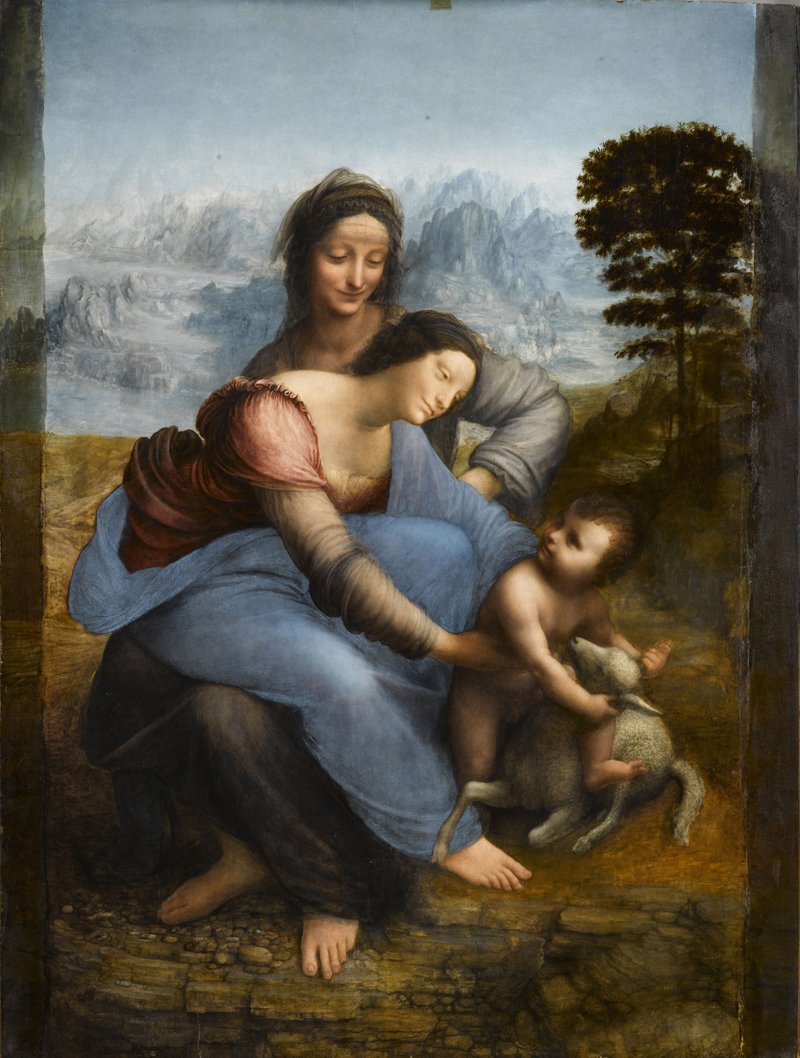ABOUT J HEROUN
A Legacy of Art, Creativity, and Brand Building
“Simplicity is the ultimate sophistication.”
—Leonardo da Vinci
Exquisite Synthesis: The world’s most enduring and influential portrait.*
Behind the Lens
Hello.
I’m Joseph Heroun.
(Pronounced ‘heron,’ like the bird)
I create portraits for individuals, professionals, and families who value depth over convention — those drawn to images that feel honest, expressive, and beautifully composed.
My work is rooted in decades of creative practice, shaped by a dual path through fine art and editorial design. Trained at the New York Academy of Art, the Art Students League of New York, the College for Creative Studies in Detroit, Northeastern University in Boston, and the International Center of Photography in New York, I bring both technical fluency and artistic sensitivity to every session.
As a former creative director, designer, writer, and editor for publications such as New York magazine, Sports Illustrated, Shape, Men’s Health, and Boston magazine, I’ve developed a refined, intentional style — where composition, gesture, and light work together to reveal character, not just likeness.
Each session is a collaboration. Whether in studio or on location, I invite creative input and welcome clients with strong ideas or a clear personal vision. My goal is simple: to create portraits that are as thoughtful as they are visually compelling — images that endure.
Studio Mascot: Say hello to Yoko, above, our exquisite, versatile lighting stand-in. She loves to mix it up and never takes a day off. Yoko was custom-made by the world’s leading creator of fashion mannequins, Adel Rootstein. Sculpted from top models, Rootstein mannequins blend unmatched quality and elegance with anatomical perfection. See more of Yoko in our Light & Shadow section, which explores dramatic lighting design and experimentation. —JH
A Legacy of Leadership: The Rootstein story begins in the early 1950s and by the Swinging Sixties had established primacy in the creation of life-like, expressive mannequins, based on many of fashion's most notable personalities from the 1960s to the present day. From left, fashion icons Twiggy, Sayoko Yamaguchi, and Yasmin Le Bon, representing the 1960s, 70s, and 90s. Below, outtakes from Rootstein’s inspired New Orleans boudoir/burlesque-themed exhibition in New York City, circa 2017. These examples were painted and styled with props and wigs, provocatively posed in brilliantly cinematic dioramas.
Origin Story: Examples, above and below, of my early illustration work based on photographic reference interpreted in airbrush, pastels, charcoal, and other mediums. The work demonstrates a lifelong affinity with the fusion of fashion and pop culture.
Cover Girl: Conceiving and directing celebrity cover features were among the highlights of my extensive career in magazines. Click here for a comprehensive look at celebrity and fitness photography for America’s largest lifestyle and wellness women’s magazine.
*Exquisite Synthesis
(continued from above)
Beyond the Likeness: Rethinking the Mona Lisa as Allegory
Despite popular belief, The Mona Lisa was likely never intended as a straightforward portrait of a real sitter. This common misconception may stem from the painting’s composition and the subject’s poised, self-contained demeanor — features that align more closely with modern ideal of portraiture than with the visual language of the Renaissance.
One key clue lies in Leonardo da Vinci’s well-known working habits and scattered attention. As a painter, he was famously deliberate — often taking years, if not decades, to complete a single piece. That alone casts doubt on the idea of a commissioned likeness; it seems unlikely that a patron would wait endlessly for a routine portrait. More importantly, the great works of the era, whether sculpture like Michelangelo’s David or paintings by Raphael and Caravaggio, were driven by a deep understanding of anatomy. That knowledge informed the musculature and movement that animated their human figures — rendering them not as static subjects, but as dynamic, living forms. This obviated the need for a sitter to complete.
Leonardo, with his endlessly curious mind, likely approached The Mona Lisa not as a simple likeness of a woman, but as an ideal. The painting reads less like a record of a person than an allegory — perhaps even a symbolic meditation on feminine grace, wisdom, or serenity. This interpretation is supported by recurring features in Leonardo’s oeuvre: the figures in The Virgin and Child with St. Anne, for example, resemble one another so closely — as well as The Mona Lisa — that they seem to be variations on a single archetype drawn from the artist’s imagination rather than from life.
Understanding The Mona Lisa as a composite, or an idealized construct, does not lessen its significance. If anything, it deepens our appreciation. It invites us to see the painting not as a passive reflection of reality, but as an active expression of Leonardo’s philosophical and artistic vision.
Viewed through a contemporary lens, this perspective resonates powerfully with the practice of photography. One can only imagine what the great Renaissance minds — who rediscovered the rules of perspective, pioneered humanism, and devised the camera obscura — might have done with modern cameras. In their hands, the camera would have been more than a tool for documentation; it would have become a new instrument for storytelling, symbolism, and exploration of the human condition. Much like The Mona Lisa, it would have been used to craft meaning as much as to capture likeness. —JH
Feminine Ideal: The Virgin and Child with St. Anne, by Leonardo da Vinci, features female figures strikingly similar in appearance to his depiction of The Mona Lisa, among others.
Affiliated sites
Editorial design: Heroun.com
Structural/Automotive:
ArchitecturalArt.xyz
A Heroun & Co. Project
Images captured with legendary Leica cameras and lenses, engineered and precision-built by master craftsman in historic Wetzlar, Germany.



